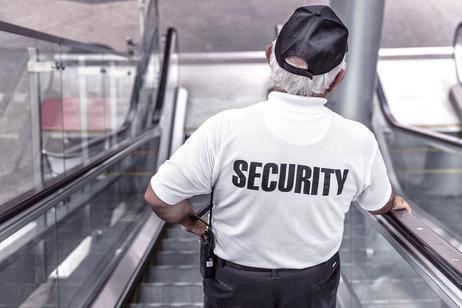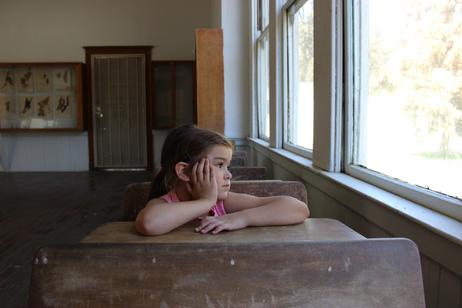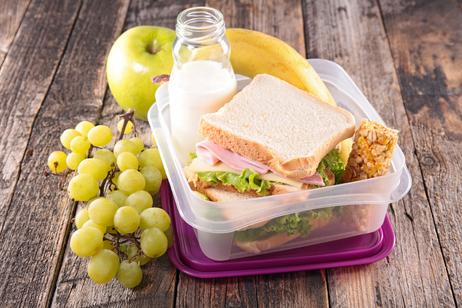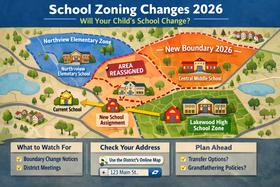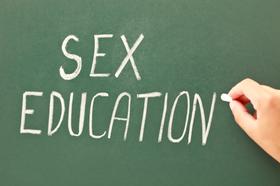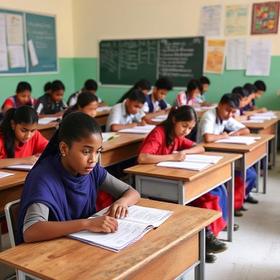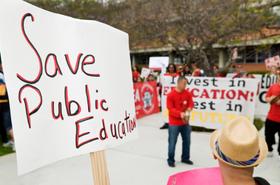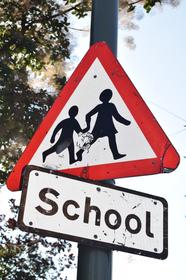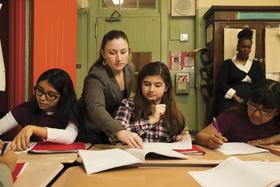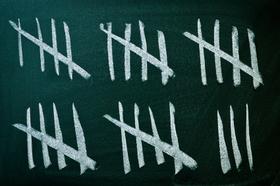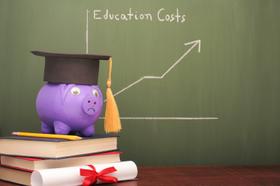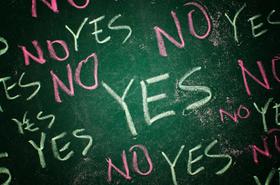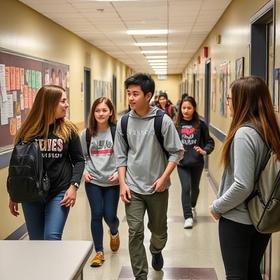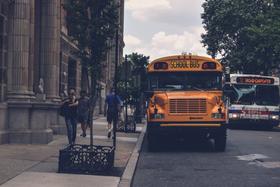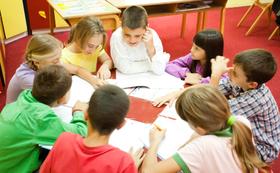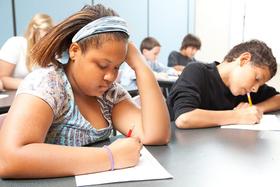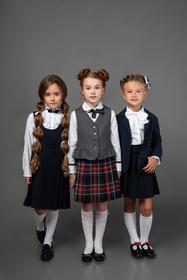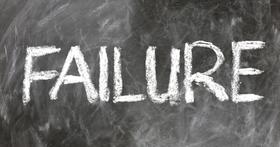Listen to This Article
School Safety: Shootings
Introduction
School safety remains a vital concern for families and educators alike. This article updates the original discussion with the latest 2025 data on school shootings, evolving prevention strategies, and practical insights for safer school communities.
Current Landscape:
Numbers and Trends (2025 Data)
According to Education Week, as of September 2, 2025, there have been 8 shootings on K–12 school property resulting in injuries or deaths—leading to 37 people killed or injured, including 4 student deaths. ()
Broader definitions of gun-related incidents on school grounds report as many as 146 incidents nationally in 2025. ()
The Minneapolis Annunciation Catholic School shooting on August 27, 2025, left two children dead and 21 others injured, and is now part of a growing pattern of violence. (,)
Everytown for Gun Safety has noted this marks the 140th shooting at U.S. elementary or secondary schools this year. ()
These figures underscore a troubling reality: while catastrophic events grab headlines, less visible incidents still pose significant risks across U.S. schools.
Historical Context & Exposure Trends
A KFF analysis of Washington Post data finds that

